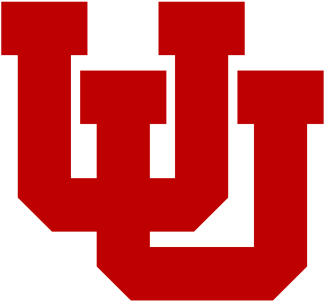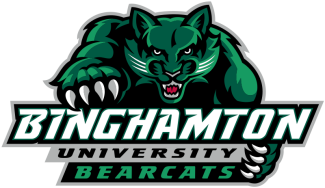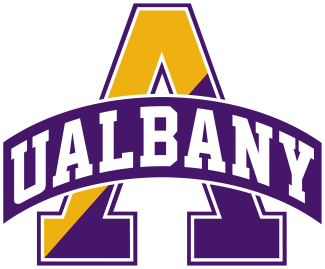Rent vs. Own
MLL teams rent field space and time from the stadiums they play in, and Davis explained a few challenges this presents.
“It’s very difficult when you’re a renter,” Davis said. “Whether it’s a graduation or spring football practice or whatever the case may be, if you’re not the primary tenant, sometimes schedules don’t come out until later and that affects the whole league schedule.”
In addition to the schedule, Davis also said renting creates a problem with the perception of the league.
“Whenever you’re a renter, there’s a tad bit of a semi-pro feel to it and that’s not what we have,” he said. “We have the best athletes in the world. To compare it to leagues that are renters is a problem.”
One team that hasn’t had this issue is the Denver Outlaws.
The Outlaws are owned by the Denver Broncos Football Club and they play their home games at Sports Authority Field at Mile High. Ask a number of players in the league what their favorite visiting stadium is, and many will respond with Denver.
“It’s a professional venue,” said Chesapeake Bayhawks head coach Brian Reese, who coached the Outlaws from 2007 to 2010 and was the team’s general manager from 2006 to 2011. “They have professional-size locker rooms. They have a great surface to play on. They have great amenities for fans. They have huge jumbotrons for replays. It gives it a major league feel. Players can go in and play. You don’t have to have two different locker rooms. It has that major league, professional feel.”
Another positive working in Denver’s favor is the fan support. The Outlaws lead the league in average attendance per game in each of the past four seasons as well as 10 of the past 11 years.
The team’s Fourth of July game is the biggest MLL game of the year, breaking the all-time attendance record multiple times, topping off at 31,644 in 2015.
On the other-hand, Sports Authority Field seats 76,125 people. While the crowd at the Fourth of July game is exciting, it’s only one of seven home games and it doesn’t fill half the stadium. The 2016 Fourth of July game saw a crowd of 28,772 people take in the game. Take that game away from the team’s totals, and the average attendance drops from a league-high 9,390 people per game to 6,160 people per game, good for third in the league.
“It is a great venue,” MLL Commissioner David Gross said about Sports Authority Field. “It feels big time. But we get swallowed up unless it’s the Fourth of July. I loved the (2014) playoff game they played at Peter Barton (Lacrosse Stadium at the University of Denver). The place was packed. It makes for a great fan experience.”
Reese, however, said the empty seats didn’t have the same effect on him or the players on the sidelines.
“You don’t look at the empty seats,” he said. “The ones that are filled matter. As a coach or player, it can be just as loud with six or seven thousand as with 14 thousand.”
















